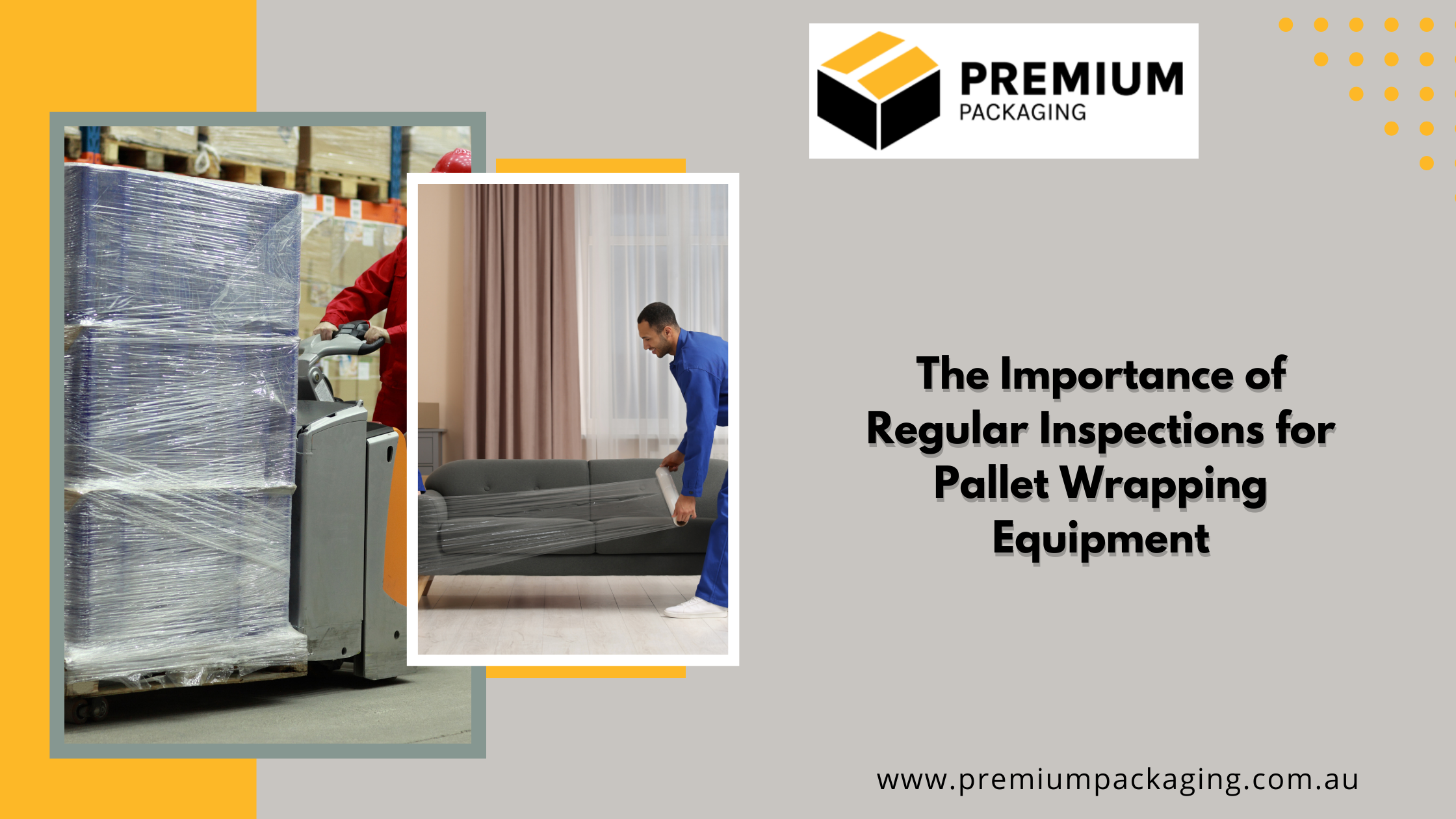The Importance of Regular Inspections for Pallet Wrapping Equipment

Pallet wrappers that are automatic or semi-automatic greatly increase the productivity of manufacturing or storage operations. Pallet stretch wraps, including wholesale pallet wrap, help save back strain and other risks that come with manually wrapping loads. They can, however, endanger users’ safety, just like any other gadget. Therefore, it’s absolutely necessary to adhere to safety regulations when installing and getting regular equipment inspections.
Pallet wrapper benefit from routine servicing and maintenance, just like any other piece of equipment, to keep them operating as intended. It’s worth considering hiring a specialized company to perform routine pallet wrapper maintenance because it’s frequently essential to an operation that these machines function properly. However, there are also some standard tasks that your employees or onsite engineers can perform to help guarantee that the machines are always in top shape and have operational efficiency.
The most frequent cause of pallet wrapping equipment failure or poor performance is inadequate cleaning, which results in a buildup of debris.
Under- or over-film optimization will result from using the wrong film on your pallet wrapper. We also know that it’s never easy to find the time to analyze operations in a hectic packaging environment. Pallet wrap audits provide the knowledge you need to map out the positive adjustments your company can make and show how you’ve progressed to best practices.
The signs and symptoms
When troubleshooting pallet wrapping equipment, there are a lot of things to check. Are you switching rolls before they’re done? Do strapping tools fail to feed properly? Do you have trouble making custom settings? Is there a problem with the wrap sealing? Another important thing to think about is how frequently your operators complain about the machine. An ongoing maintenance schedule, a one-time tech site visit, or increased attention to detail from all personnel around the unit may help avoid all of these problems. Naturally, there are instances when the device just won’t turn on.
Diagnosing and fixing non-functional units
First examine what occurs when the device fails to start. Make sure the power supply is on, that all emergency stops are off, and that no safety switches are pressed before you pick up the phone. In the long run, it will save a great deal of time, but you could still need to call a professional if specific switches have been triggered. Next, look for troubleshooting tips for stretch wrappers in the instructions. This may seem like plain sense, but it’s one of those easy procedures that can be forgotten when you’re pressed for time.
Why is regular inspection and audit is necessary?
The first step in increasing the effectiveness and efficiency of packaging procedures is to conduct a pallet wrap audit. Knowing where to focus time and resources is a useful strategy. The experts can customise every audit for every organisation since they are aware that every pallet and product is unique. In order to avoid production disruption, the professionals take the time to comprehend your operation’s requirements and make the audit as non-intrusive as feasible.
Typically what is done is that the experts wrap a load during an audit using your current equipment, pallets, and film just like you do every day. So that you may observe, side by side, the noticeable difference that a few easy adjustments can make, then wrap an identical pallet using our suggested film and your recalibrated equipment (if needed), highlighting the many advantages of using best practices to maximise your business’s performance.
In conclusion, a pallet wrap audit will provide you with:
- A summary of your existing procedures
- An estimate of how much plastic you currently use
- An exact match-for-match comparison with a suggested stretch film product
Make your employees more skillful
Ensuring that your staff members are adequately trained to clean, check, and operate the warehouse’s machinery is crucial. It only makes logical that they should be aware of such important information as they would be the ones operating the equipment. You’ll want your employees to be aware of the following:
- The kind of shrink wrap machine repair and maintenance they should be performing daily, weekly, monthly, and annually
- How the machine should be cleaned both before and after use
- Typical issues to look out for Which issues they can resolve on their own and which ones need to be called in for repair